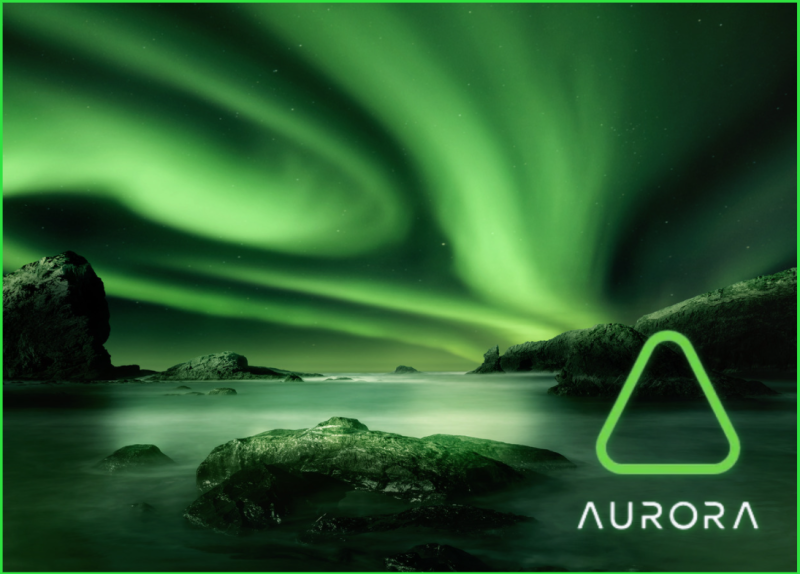Ape Diaries: Gasless Yield Farming on Aurora, NEAR’s EVM-Compatible Blockchain
This primer explores yield farming on Aurora.
By: yyctrader • Loading...
DeFi
Yield farming is live on Aurora, an Ethereum Virtual Machine (EVM) compatible blockchain built by NEAR Protocol.
The best part? Zero gas fees as a gesture of goodwill to early adopters.
Trisolaris is a decentralized exchange on Aurora that launched its liquidity mining program on Nov. 16 and crossed $50M of Total Value Locked in just over a day.
What is Aurora?
“Aurora is an EVM built on the NEAR Protocol, delivering a turn-key solution for developers to operate their apps on an Ethereum-compatible, high-throughput, scalable and future-safe platform, with low transaction costs for their users,” says the website.
We went straight to the source and interviewed Matt Henderson, head of product at Aurora.
The Defiant: What makes Aurora different from the multitude of other L1s and L2s offering fast, cheap transactions?
MH: What’s unique about Aurora, is the fact that it inherits some interesting technical aspects from NEAR, like configurable fees. So at the protocol level, we could have a component of fees that go into the network treasury, to be used to support the ecosystem. Near has sharding that should provide some great scalability in the future. ETH is the base fee token on Aurora, which should make the UX for new users nice.
The Defiant: NEAR is pursuing its own sharded Proof-of-Stake model. What was the motivation behind setting up an Ethereum-compatible chain?
MH: We’ve seen the success of networks like Avalanche and Fantom, and feel that there’s clear demand for Ethereum compatible scaling solutions, and we hope to be a unique and attractive option in that field. Through our own token,and synergies with NEAR our aim is to find an incentive framework that benefits apps, users, and the network itself. We feel that’s key to long-term sustainability and success.
The Defiant: Which major DeFi protocols are expected to launch on Aurora? What will the incentives look like?
MH: Major protocols are Sushi, Curve, Aave, Kyber. In terms of infrastructure; The Graph, Etherscan & Chainlink. As for the incentives, those are largely still to be defined and will have to pass a DAO vote.
The Defiant: How long do you expect zero gas fees to last?
MH: We wanted to give a great experience to all the early adopters, but we’ve seen some unintended consequences, like also giving a great experience to bots?. So I’d say fees would be enabled in the near to medium term.
A Step-by-Step Guide to Getting Started On Aurora
Trying out new blockchains early has generally paid off, and with Aurora currently offering free transactions, airdrop seekers may want to take it for a test drive.
If you’re already familiar with DeFi on Ethereum, you’ll find this pretty simple. For those Defiers newly joining us, please check out our DeFi 101 content before attempting to proceed.
Step 1: Navigate to the Rainbow Bridge and transfer your assets from Ethereum to Aurora. When you connect to the bridge for the first time, you’ll be prompted to add the Aurora network to MetaMask. You can see the currently supported tokens below.
Deposits arrive in around 10 minutes. The bridging cost on the ETH side was approximately $50 including a token approval at 100 gwei.
Step 2: Gas fees on Aurora are paid in ETH. However, since transactions are currently free, you don’t need to bridge over any ETH.
Step 3: Head over to Trisolaris and provide liquidity. Then, stake your LP tokens to earn $TRI rewards.
Risk Warning: Yield farming carries risks, including the possibility of smart contract exploits that can result in a loss of funds. Please do your research before depositing assets.
Disclosure: The author is farming TRI tokens.
Advertisement
Get the best of The Defiant directly in your inbox 💌
Know what matters in Web3 with The Defiant Daily newsletter, every weekday
90k+ investors informed every day. Unsubscribe anytime.